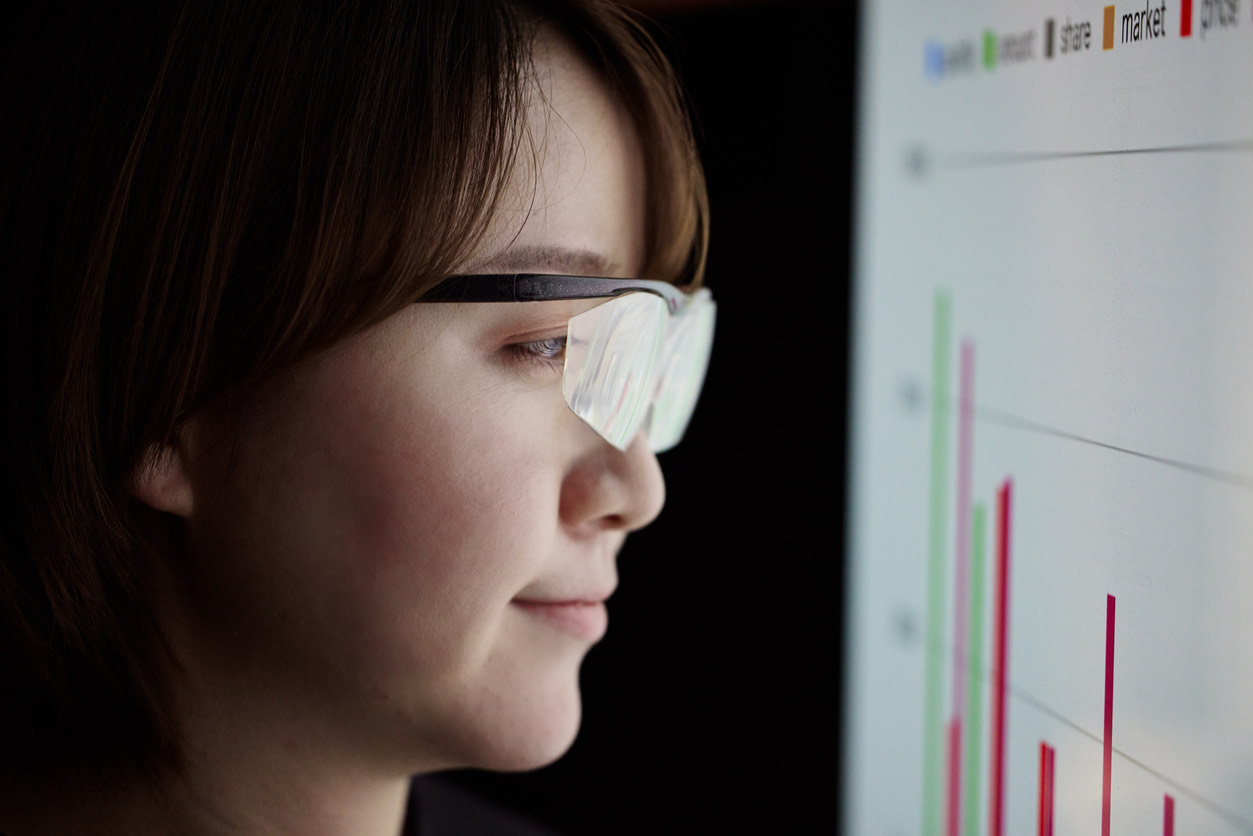The surge in myopia, commonly known as nearsightedness, has become a significant concern in recent years, with some experts even dubbing it an epidemic. The rate of myopia has escalated rapidly, and if current trends persist, it’s projected that nearly half of the global population will require corrective lenses by 2050, compared to only 23% in 2000.
Understanding the causes of myopia is crucial in addressing this issue. While genetics play a role, it’s primarily behavioral factors that drive its development. Research, including studies on infant chickens, has shown that prolonged periods of near work, such as reading or screen time, can lead to myopia. Essentially, the eye grows larger in response to sustained close-up focusing, perpetuating a cycle of worsening vision.
Interestingly, spending time outdoors has been identified as a protective factor against myopia. Studies have consistently shown that children who spend more time outside are less likely to develop myopia compared to those who spend excessive hours on near work indoors. Sunlight seems to play a crucial role in halting the progression of myopia.
The rapid rise of myopia can be attributed, in part, to societal changes associated with increased industrialization and urbanization, particularly in East Asia. As education systems evolved, children began spending more time indoors engaged in near work activities, contributing to the growing prevalence of myopia.
Addressing the myopia epidemic will require a multifaceted approach, including promoting outdoor activities and reducing screen time, especially among children. By understanding the behavioral and environmental factors driving myopia, we can take proactive steps to mitigate its impact and improve eye health on a global scale.















































